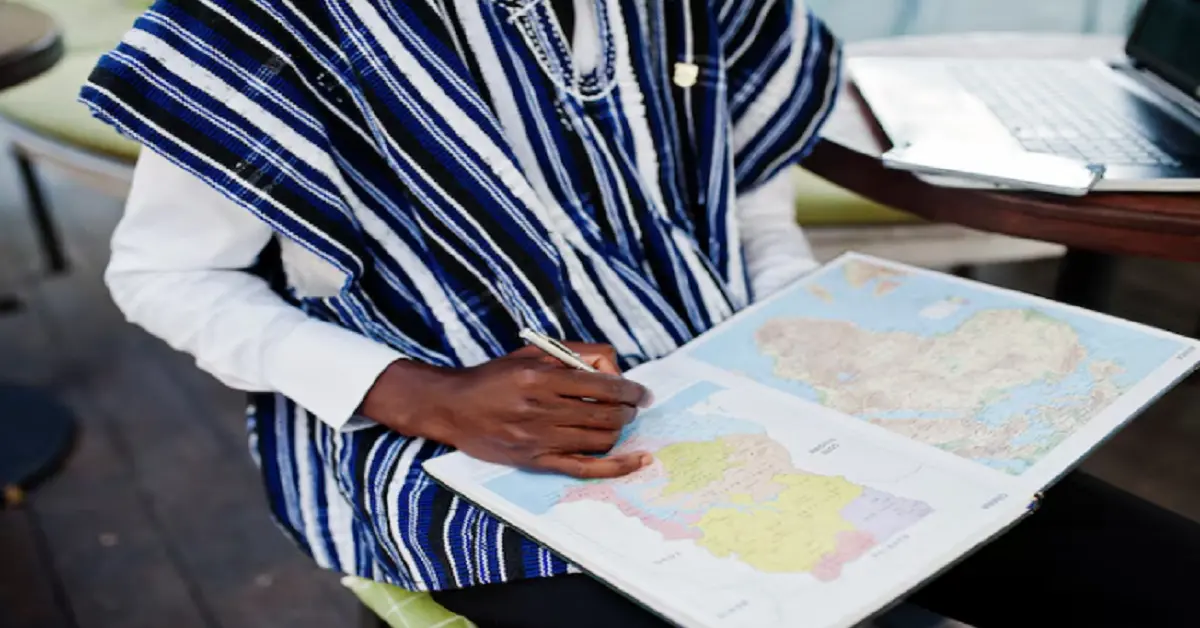Exploring the Geography of Africa: A Comprehensive Guide

Introduction
Africa, the second-largest continent on Earth, is renowned for its remarkable diversity, both in terms of geography and culture. Maps play a crucial role in unraveling the intricate tapestry of geography:swrhxukbqi4= africa map landscapes and people, offering a visual gateway to understanding this vast continent.
The Importance of Maps in Geography
Maps serve as invaluable tools in geography, providing a clear depiction of geographical features such as mountains, rivers, deserts, and diverse climates across geography:swrhxukbqi4= africa map. They enable us to grasp the sheer size and complexity of the continent.
Overview of Africa’s Physical Geography
Africa boasts a rich tapestry of physical features, from the towering peaks of Kilimanjaro to the expansive Sahara Desert. The continent’s diverse climates range from equatorial rainforests to arid savannas, each mapped to showcase its unique characteristics.
Historical Evolution of African Maps
Early maps of Africa date back centuries, reflecting European explorers’ attempts to chart the continent’s coastlines and interior. These maps, though often distorted, laid the groundwork for modern cartography in geography:swrhxukbqi4= africa map.
Modern Mapping Techniques in Africa
Advancements in satellite imagery and Geographic Information Systems (GIS) have revolutionized mapping in Africa. These technologies provide detailed, accurate maps that aid in urban planning, resource management, and disaster response across the continent.
Political Geography of Africa
Africa’s political landscape is delineated by national borders, many of which were shaped by colonial powers during the 19th and 20th centuries. Maps illustrate the complex geopolitical dynamics and diverse governance systems found within the continent.
Cultural and Linguistic Diversity Reflected in Maps
Maps highlight Africa’s rich cultural mosaic, depicting ethnic groups, languages, and cultural regions. They showcase the continent’s linguistic diversity and cultural heritage, emphasizing unity amidst diversity.
Economic Geography and Resource Mapping
Mapping natural resources such as minerals, oil reserves, and agricultural lands is crucial for economic development in Africa. Geography:swrhxukbqi4= africa map illustrate disparities in resource distribution and guide sustainable development efforts.
Tourism and Recreational Maps in Africa
Tourist maps highlight iconic destinations like Victoria Falls and Serengeti National Park, promoting tourism and conservation efforts. They guide travelers through Africa’s diverse landscapes and wildlife habitats.
Environmental Challenges Through Mapping
Maps track environmental challenges like deforestation, desertification, and climate change impacts across Africa. They aid in conservation planning and adaptation strategies to mitigate environmental degradation.
Case Studies of Unique African Landscapes
From the Namib Desert’s dunes to the Congo Basin’s rainforests, maps showcase Africa’s distinct geographical features. They spotlight conservation areas and biodiversity hotspots, preserving these natural treasures.
The Future of Mapping in Africa
Future mapping endeavors in Africa will leverage technology for precision mapping and community-driven initiatives. Geography:swrhxukbqi4= africa map will play a pivotal role in sustainable development, disaster preparedness, and cultural preservation.
Conclusion
Geography:swrhxukbqi4= africa map are indispensable tools for exploring Africa’s geographical diversity, cultural richness, and economic potential. They offer insights into the continent’s past, present, and future, fostering understanding and collaboration across borders.